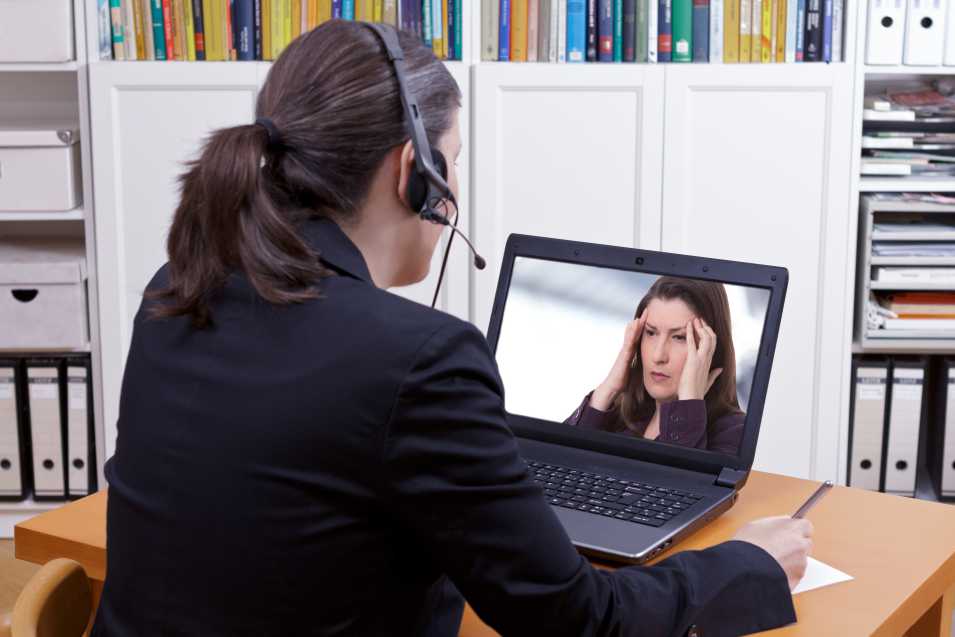Teletherapy—sometimes called telehealth, telemental health, or online therapy—lets you meet a licensed mental-health professional by secure video (and, in some cases, audio-only). In New York State, mental-health telehealth is regulated by the Office of Mental Health (OMH) under 14 NYCRR Part 596, which defines telehealth, who may provide it, and the standards programs must meet. You can read the official rule text here (plain PDF) and a legal overview here.
What “counts” as teletherapy in New York?
Part 596 focuses on real-time clinical encounters delivered with approved technology. It distinguishes telehealth sessions from simple emails or texts and sets technical/clinical safeguards (documentation, privacy, emergency plans). For a quick look at sections (definitions, approvals, requirements), see the up-to-date regulation index.
Is audio-only therapy allowed?
Yes—audio-only encounters can be permitted under defined standards in Part 596, so long as providers follow the regulation’s clinical and technical requirements. Check the rule text and your clinic’s policy to confirm what they offer and when audio-only is appropriate. Justia Regulations
Do clinics need special approval?
Yes. Programs that deliver telehealth must be authorized and comply with Part 596 (informed consent, emergency protocols, quality oversight). When you schedule, ask whether the program is approved for telehealth and how they handle emergencies during remote sessions. Official PDF: Part 596 – Telehealth Services.
How to choose the right provider (quick checks)
Before your first appointment, confirm the clinician is licensed in New York. You can verify by profession (Psychologist, LMHC, LCSW, etc.) using the NYSED Office of the Professions search; the record shows status and, where applicable, discipline history. NYSED also warns the public about scam “verification” attempts—use only official sites.
Want a step-by-step? See our guide: Verify a Therapist’s License in NY (how to search by name/license number).
If you’re looking for broader help navigating care in the city, start with our hub: Therapy NYC.
Cost, insurance, and access
Teletherapy can improve access when local in-person slots are limited, but fees and coverage vary. Always ask for a written summary of rates, insurance/network status, and cancellation policy. If you need low- or no-cost options, NYC Care connects eligible New Yorkers to primary and behavioral health services through NYC Health + Hospitals. Learn more on the official program pages.

Teletherapy isn’t an emergency service — who to contact in crisis
If you or someone you love is struggling right now, contact NYC 988 for free, confidential support via phone, text, or chat—available 24/7 in 200+ languages. NYC 988 can de-escalate, safety-plan, and link you to services; for immediate medical danger, call 911. See the city’s official pages for details and the latest campaign updates.
More crisis basics and when to use 911 vs 988: Crisis Support in NYC.
Is teletherapy right for me? (common scenarios)
Scheduling or mobility barriers: Teletherapy removes commute time and can fit around work or caregiving.
Privacy needs: Many clients prefer sessions from home; discuss how to create a private, interruption-free space.
Clinical fit: Some modalities (e.g., CBT, supportive therapy) translate very well to video; your provider can advise.
Technology comfort: Test your connection and device; ask your provider whether they offer a secure app or browser link in line with Part 596 standards.
Legal & practical notes (New York specifics)
Informed consent & emergency planning: Programs approved for telehealth must document consent and have clear plans for emergencies during sessions.
Where care is delivered: Rules can differ for programs vs. solo practitioners and may evolve; always check the clinic’s current policy and the latest OMH materials. (We update our guides as regulations change.)
Minors seeking care: New York has specific rules for when minors can receive outpatient mental-health services; if this applies to your family, read our plain-English guide: Minors’ Consent in New York (with links to the statute and OMH memo).
Related Article: Telehealth Nurse in NYC
Getting started (your first session checklist)
Verify the license and confirm the provider can see NY-based clients: How to Verify a License.
Ask about format options: video vs audio-only, platform used, and what to do if tech fails mid-session.
Confirm logistics: fees, insurance, sliding-scale availability, cancellation policy; explore NYC Care if cost is a barrier.
Safety info: save NYC 988 and your provider’s emergency instructions; use 911 for immediate medical danger.
Disclaimer: This page is for information only and isn’t medical advice. In an emergency, call 911. For 24/7 emotional support, contact NYC 988 (phone, text, or chat).
Furthermore, a lot of community-based centers provide low-cost or free therapy alternatives for those without insurance. Licensed therapists at these facilities send patients tele-therapy. Certain websites provide membership services allowing access to a online therapist for a set monthly cost. Talkspace, for instance, provides a 50% discount on the first month of a plan.
The terrain of insurance coverage is fast shifting. Start by consulting your insurance company. Usually, if you have a private insurance company, you can find the specifics on their website. Certain employers only pay for teletherapy done over the phone or on video. Others, like Medicare, are receptive to telehealth—also known as teletherapy.
